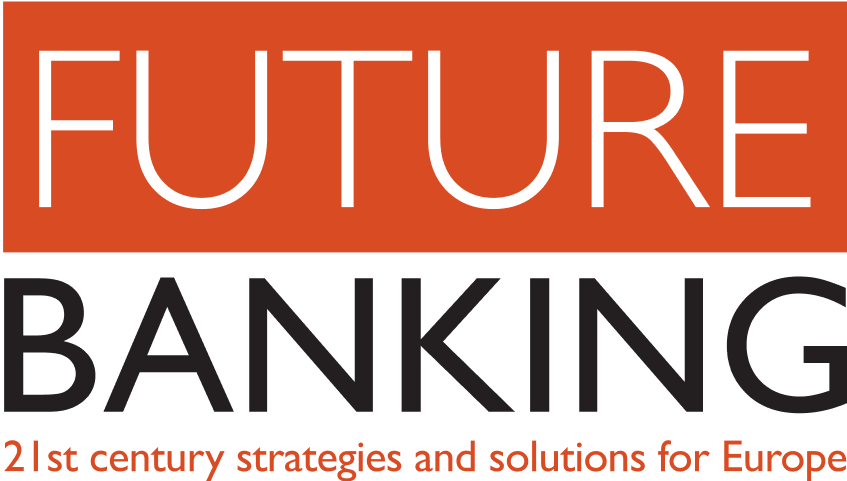
Lloyds Banking Group has deepened its artificial intelligence (AI) transformation strategy by migrating key machine learning (ML) infrastructure to Google Cloud, enabling faster deployment of models and enhanced customer services across the organisation.
The transition forms part of a broader digital shift aimed at increasing operational efficiency and developing new data-driven financial tools.
Lloyds Banking Group has established a new AI and ML platform using Google Cloud’s Vertex AI. This platform is now actively used by more than 300 data scientists and AI engineers across the business to develop and deploy advanced models.
As part of the migration, Lloyds Banking Group moved 15 core modelling systems and several hundred individual models from on-premise infrastructure to the cloud. This transition resulted in a reported 27 tonnes reduction in operational carbon emissions.
Since launching the new platform, Lloyds Banking Group has initiated more than 80 machine learning use cases and deployed over 18 generative AI (genAI) models into production. Another 12 generative AI systems are scheduled to go live by the end of June.
These deployments span functions across the group, supporting the development of AI-driven tools designed to streamline customer-facing services and internal workflows.
Lloyds Banking Group chief data and analytics officer Ranil Boteju said: “Moving to Vertex AI has been transformative for us as a group, providing us with the scalability and reliability to innovate with AI at pace.
“Vertex AI is enabling data scientists and AI developers across the group to access genAI solutions with consistent guardrails, as well as giving them the flexibility to use Large Language Models from third parties and open-source providers, as well as Google’s Gemini model.”
Among the implemented applications is an AI model that significantly reduces the time required to verify income during mortgage applications. According to Lloyds Banking Group, this model cuts processing time from several days to a matter of seconds.
As AI technologies continue to evolve, the group sought a solution capable of supporting a wide array of tools, including those based on open-source frameworks. The flexibility of Google Cloud’s platform is said to have enabled Lloyds Banking Group to respond to the accelerating pace of AI innovation by integrating a range of generative AI solutions into its core banking services.
Tara Brady from Google Cloud said: “With Google Cloud’s Vertex AI platform, Lloyds Banking Group can deploy powerful machine learning models faster, so that it can action transaction insights more quickly. This partnership demonstrates how cloud-powered AI innovation can drive unique, personalised experiences, bringing the bank even closer to its customers.”
Development is also underway on a prototype agentic AI system, designed to change the way customers interact with the bank. This system has been built in collaboration with Google Cloud and is expected to be made available to customers later in the year.
In addition to its work with Google Cloud, Lloyds Banking Group is also expanding its multicloud strategy by strengthening its existing partnership with Oracle. In March, the group signed a multi-year agreement to migrate Oracle databases supporting its banking services to Oracle Database@Azure. This move enables Lloyds Banking Group to run Oracle databases on Oracle Cloud Infrastructure within Microsoft Azure data centres.
The group is also deploying Oracle Exadata Cloud@Customer to manage selected databases within its own data centres. These arrangements allow Lloyds Banking Group to maintain a consistent operating model whether the infrastructure is cloud-based or on-premise.






